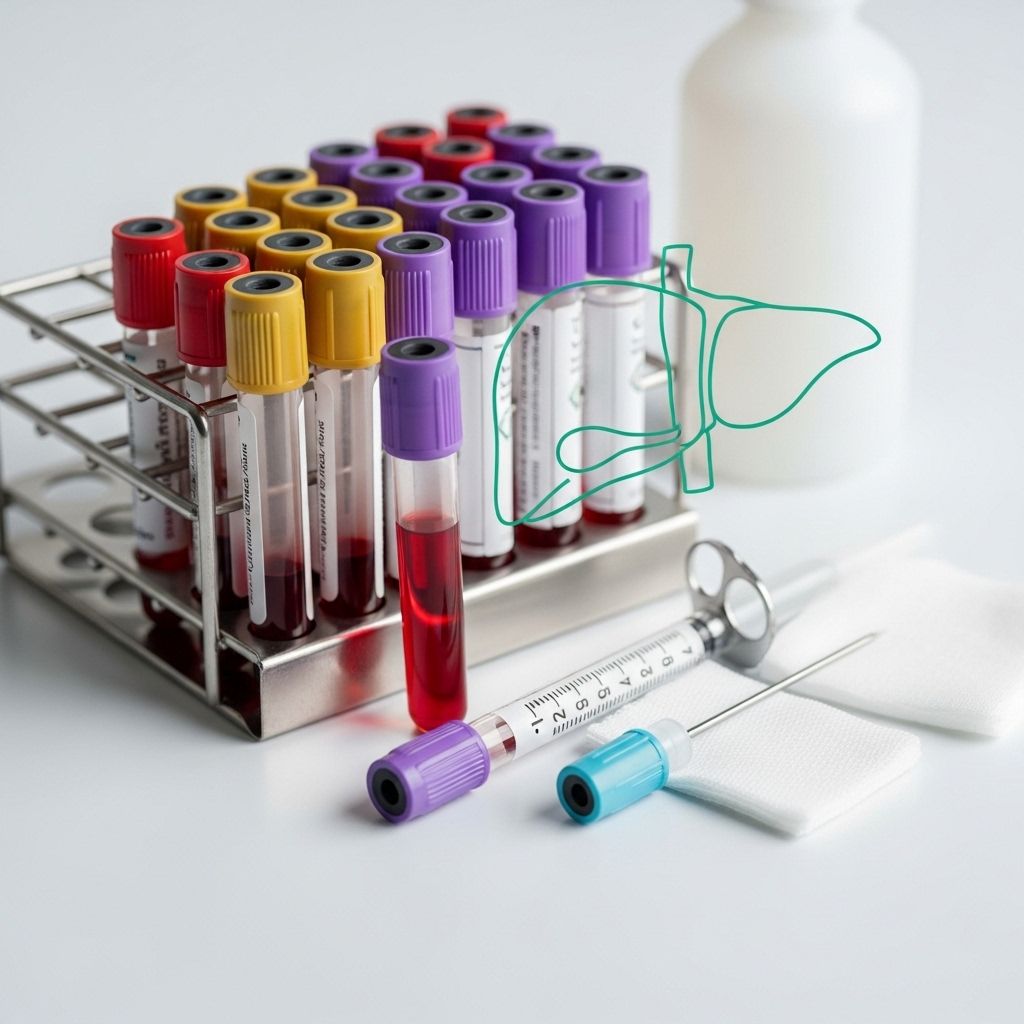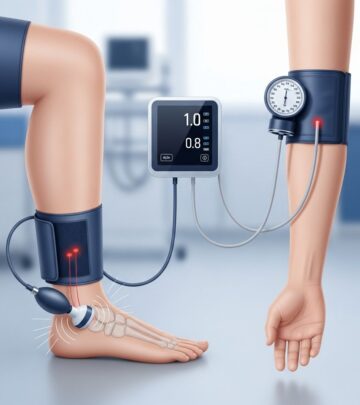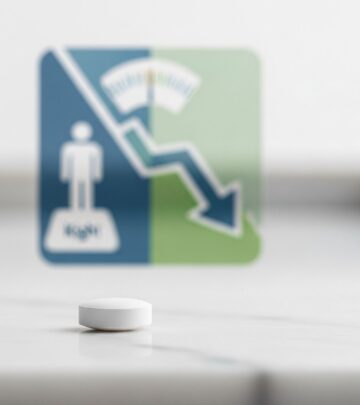Liver Function Tests: Purpose, Procedure, and Results
Understand how liver function tests help diagnose, monitor, and manage liver health and disease.

Liver function tests, also known as liver panels, are a group of blood tests designed to provide important information about the health and performance of your liver. By analyzing levels of specific enzymes and proteins, healthcare providers can gain valuable insight into liver function, detect potential liver disease, and guide ongoing management and treatment.
Overview of Liver Function Tests
The liver is vital to many bodily processes, including detoxification, digestion, protein synthesis, and metabolism. When the liver becomes inflamed, injured, or diseased, it can release certain enzymes and proteins into the bloodstream in higher or lower concentrations than normal. Liver function tests (LFTs) check the concentrations of these substances, allowing clinicians to detect abnormalities and underlying issues .
The main purposes of liver function tests are to:
- Screen for liver infections like hepatitis.
- Monitor known liver diseases, such as chronic hepatitis or cirrhosis, and assess response to treatment.
- Detect signs of severe liver diseases, such as scarring (cirrhosis).
- Check for possible side effects of medications that may harm the liver.
- Identify and help evaluate unexplained symptoms, like jaundice or abdominal pain.
Why Liver Function Tests Are Done
Liver function tests are commonly ordered for the following reasons:
- To screen for liver infections.
- To monitor an existing liver condition or gauge effectiveness of treatment.
- To investigate unexplained symptoms, such as yellowing of the skin or eyes (jaundice), dark urine, light-colored stools, abdominal swelling, or chronic fatigue.
- To evaluate risk or presence of serious liver diseases, such as cirrhosis.
- To assess possible side effects of drugs known to impact liver function.
Sometimes liver function tests are part of routine checkups, especially if you have risk factors for liver disease, including obesity, diabetes, high cholesterol, a history of heavy drinking, or exposure to viruses like hepatitis .
Types of Liver Function Tests
Liver function tests are a panel of individual blood tests that assess specific enzymes, proteins, and substances produced or processed by the liver. The most commonly measured include:
| Test Name | Normal Range* | What It Measures |
|---|---|---|
| Alanine Aminotransferase (ALT) | 7–55 U/L | Enzyme found mainly in the liver; high levels may signal liver injury or inflammation. |
| Aspartate Aminotransferase (AST) | 8–48 U/L | Enzyme found in liver and other organs; elevated with liver damage. |
| Alkaline Phosphatase (ALP) | 40–129 U/L | Enzyme found in liver, bone, kidney; high levels may indicate bile duct issues or bone diseases. |
| Albumin | 3.5–5.0 g/dL | Protein made by the liver; low levels indicate poor liver function. |
| Total Protein | 6.3–7.9 g/dL | Total amount of protein in blood, including albumin and globulin. |
| Bilirubin | 0.1–1.2 mg/dL | Waste product from the breakdown of red blood cells; high levels cause jaundice. |
| Gamma Glutamyl Transferase (GGT) | 8–61 U/L | Enzyme indicating bile duct injury, alcohol use, or medication effect. |
| Lactate Dehydrogenase (LD) | 122–222 U/L | Enzyme released during tissue damage; not specific to liver but used for context. |
| Prothrombin Time (PT) | 9.4–12.5 seconds | Measures how long blood takes to clot; prolonged PT can indicate decreased liver function. |
*Normal ranges are for adult men. Ranges may differ slightly for women, children, and by laboratory.
How the Test Is Performed
Before the Test
Your healthcare provider may advise you to avoid eating or drinking for several hours, and may ask you to pause taking certain medications or supplements that could impact the results. Be sure to follow all provider instructions, as factors such as food intake and medication can affect the interpretation of your liver function tests.
During the Test
A liver function test requires a blood sample drawn from a vein, usually on the inside of your arm near the elbow. Steps usually include:
- A healthcare worker cleans the skin where the blood will be drawn.
- A small needle is inserted into a vein and blood is collected into a tube.
- You might feel a quick, minor sting as the needle goes in, and possibly brief soreness afterward.
After the Test
Once the blood is drawn, you can return to your usual activities right away. Minor bruising at the spot where the blood was drawn can occur but typically resolves quickly. The blood sample is sent to a laboratory for analysis. If testing is on-site, results may be available the same day; otherwise, it can take several days if sent to an external lab.
Understanding Results
Standard liver function test results help indicate if your liver is healthy or if there is evidence of disease, injury, or inflammation. Elevated or decreased levels of specific enzymes or proteins can help target the underlying cause and guide further testing or therapy.
- ALT and AST: Elevated levels often indicate liver cell damage, which may occur due to hepatitis, fatty liver, alcohol-related liver disease, drug toxicity, or other causes. The pattern and degree of elevation can sometimes suggest the underlying condition.
- ALP: High levels may occur with bile duct problems, certain liver diseases, or bone disorders.
- Albumin and Total Protein: Low levels may signal decreased liver function or chronic liver disease.
- Bilirubin: Increased levels typically indicate problems with bilirubin processing or transport (blockage, hepatitis, hemolysis).
- GGT and LD: Raised values can reflect bile duct injury, alcohol use or injury to other organs/tissues.
- Prothrombin Time (PT): Longer times can reflect impaired production of clotting factors by the liver, a sign of serious or advanced liver disease.
Liver function test results should always be interpreted in the context of your symptoms, medical history, and sometimes with the help of imaging studies and other blood tests.
What Can Affect the Test Results?
- Medications (prescription and non-prescription) and dietary supplements can raise or lower some liver enzyme levels.
- Recent food intake may alter certain test values.
- Other health conditions, such as muscle diseases or hemolysis, may also influence the results.
Always tell your provider about all the medicines and supplements you take and any recent illnesses.
Risks Associated with Liver Function Tests
Liver function tests carry very little risk. The most common side effects are:
- Brief pain or stinging where the needle is inserted
- Mild bruising or soreness at the puncture site
- Rarely, people may feel lightheaded or bleed a little more than expected
Serious complications are exceptionally rare.
What Happens After You Receive Your Test Results?
- If the results are normal, your provider will inform you and may recommend repeating the test at routine intervals or only if symptoms appear.
- If abnormalities are detected, your care team will often obtain additional tests (blood, urine, or imaging) to clarify the cause and extent of the problem.
- Sometimes, an isolated abnormal result is of little significance; trends over time may be more important than a single value.
- If you have known liver disease, these tests help your provider assess how the disease is progressing and how you’re responding to treatment.
Frequently Asked Questions (FAQs)
Q: What symptoms might prompt a liver function test?
A: Symptoms such as yellowing of the skin/eyes (jaundice), abdominal discomfort, unexplained fatigue, dark urine, and pale stools often prompt liver function testing, as they may signal liver dysfunction.
Q: Do abnormal results always mean liver disease?
A: Not always. Mild, temporary changes can be caused by medications, infections, exercise, or even food. Your clinician will interpret the results in context and advise whether follow-up is needed.
Q: Can I eat and take medicine before a liver function test?
A: You may need to avoid eating or taking certain medicines before the test, as advised by your provider, to ensure accurate results. Always confirm instructions in advance.
Q: What happens if my liver enzymes stay elevated?
A: Persistent elevation can signal ongoing liver injury or disease. Your provider will typically recommend further testing (imaging, special blood tests) to identify the cause and guide management.
Q: How often should liver function tests be done?
A: Frequency depends on your risk factors, symptoms, medications, and the presence of any liver disease. Routine screening is not necessary for everyone, but may be recommended if you are at higher risk.
Q: Can liver function tests detect all liver problems?
A: LFTs are a vital tool but may not detect every liver problem. Sometimes, liver disease can be present with normal test results, especially in early stages. Other diagnostic tests like imaging or biopsy may be required.
More Information
- Liver function tests help diagnose and monitor a range of liver conditions, including infections (hepatitis), fatty liver disease, alcohol-related liver disease, cirrhosis, and medication side effects.
- Results must always be interpreted alongside your clinical history and other diagnostic findings.
- If you have concerns about your liver health or your results, speak directly with your healthcare provider for personalized guidance.
For further guidance on liver health and blood tests, please consult your healthcare provider or visit reputable medical resources for the latest recommendations.
Read full bio of medha deb












